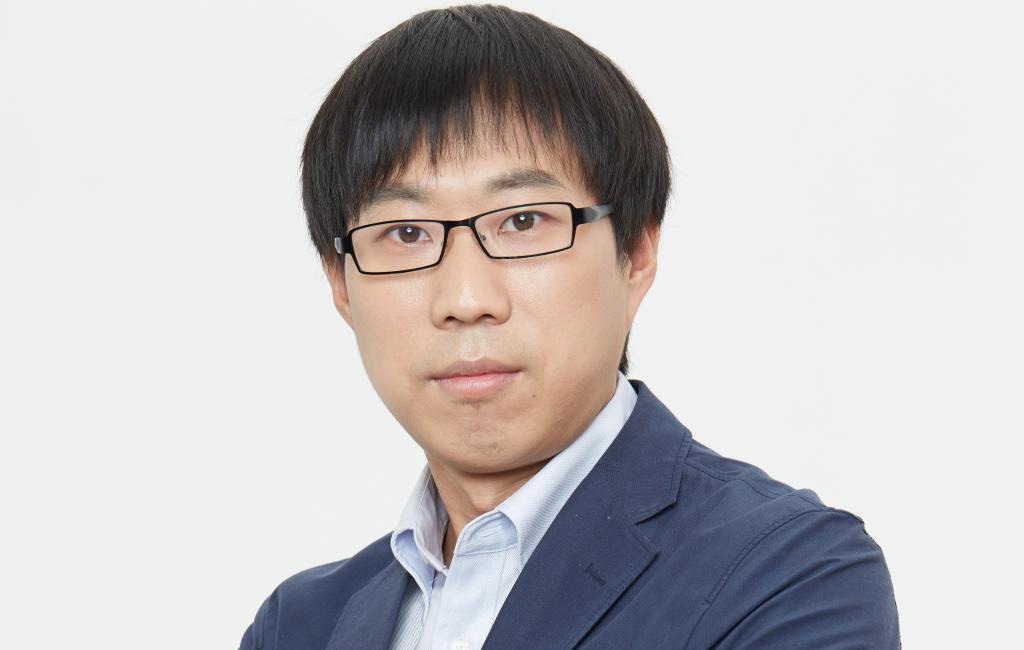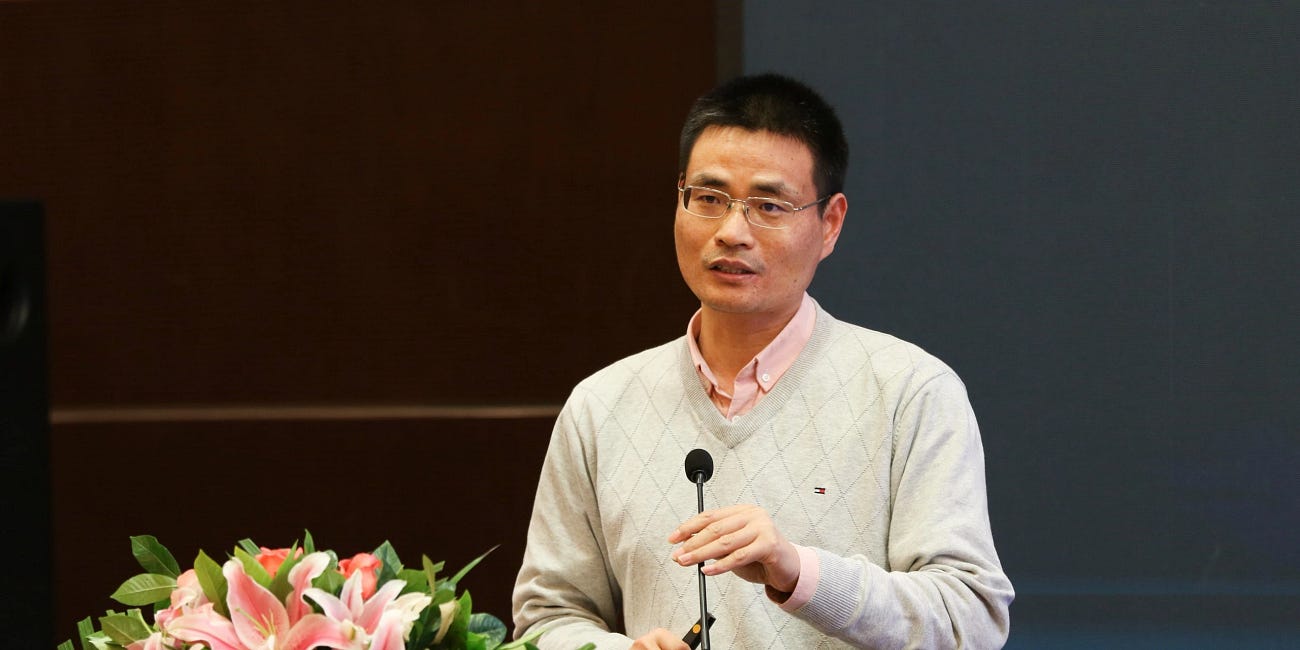The Vanishing Craft of Journalism in China
From integration to inflation: Cao Lin’s diagnosis of how metrics dilute reporting, editing, and writing.
The following article, from a year and a half ago, completes my recent rant on legacy media and journalism in China.
Now a journalism professor in Wuhan at Huazhong University of Science and Technology, Cao Lin previously served for over twenty years at China Youth Daily, earning eight China Journalism Awards and heading its commentary desk. In the critique published on June 14, 2024, he contends that the industry’s fixation on “integration,” video-ization, and eye-popping traffic has eroded professionalism: reporters stay at their desks, copy-paste replaces shoe-leather, headlines chase emotion over accuracy, and writing grows padded and imprecise. - Zichen
“新闻业务”退化的恶果正集中涌现
Cao Lin: The Consequences of the Decline of “Professional Journalism” Are Now Fully Emerging
Recently, an article titled 《警惕,“新闻业务”呈严重退化趋势》“Beware: A Serious Decline in ‘Professional Journalism’” went viral within media circles. The article itself contained little that was new, yet its title struck at the heart of today’s media reality: in some organizations, the pursuit of “media integration” is in full swing, new technical buzzwords are coined one after another, while the most fundamental craft of all—“professional journalism”—has fallen into serious decline!
Consider one seemingly small example: a media outlet recently pushed a trending topic titled “必须割掉危害孩子这颗全民网红毒瘤 Must cut off this harm-children national internet-celeb tumor.” What kind of headline is that? It makes no sense, no matter how you read it—cut off whom, exactly? What does “national internet-celeb tumor” even mean? And how can “harm-children”—a verb–object construction—serve as a premodifier of “tumor”? Many commenters mocked it in the replies: “Who taught you Chinese? Even AI wouldn’t write a sentence this bad.”
Indeed, the problem runs deep. The accompanying commentary was no better: it jumped to sweeping denunciation of “national” internet celebrities—on what basis? If the influencers are alleged to harm children, where is the logic, the evidence, the serious investigations or academic studies? Yesterday, the media celebrated the “influencer economy”; today, the same media cast the phenomenon as a “social scourge.” This sickly trending topic is a microcosm of the severe decline in “professional journalism.”
Professional journalism is the fundamental skill set and core competence of journalists, the foundation of the media, and the basic logic of journalism itself. At the most basic level, it requires reporters to go into the field, reconstruct the facts faithfully in writing, respect truth, ensure that every element of a news story is complete, write with clarity and brevity, and preserve that essential “sense of news.” A higher standard calls for distinctiveness and solid substance, and for the ability to provide information that stands apart from the flood of homogeneous push content—facts that are different, essential, and most eagerly sought by the public.
Frankly, amid the daily avalanche of “news matrix” items churned out by some outlets—news-app feeds counted in the billions—how many actually meet the standards of traditional professional journalism? Many cannot get the basics right, let alone convey any real “sense of news.” Consider writing fluency alone: if there were a “woodpecker” to compile the typos and grammatical blunders appearing across news apps every day, we could publish a hefty Anthology of Media Blunders and Laughingstocks every day.
These are classic symptoms of the severe decline in “professional journalism”: degraded writing quality; rampant typos, grammatical errors, and nonstandard usage; and even routine mix-ups of place names. News writing has been reduced to “patchwork reporting” with no lead, no command of the five W’s (who, what, when, where, and why); and even in positive stories, the text is filled with anonymous quotes. Much of it reads like a joke, an advertisement, a piece of pulp fiction, or a government memo—anything but news.
Reporting has morphed into “social media reporting.” Many reporters don’t even leave the office—no shoe-leather work, no front-line presence. Making a phone call and a quick WeChat exchange from a desk now passes as decent reporting. Instead, stories lean on material aggregation, repackaged snippets, and an overdose of emotional seasoning: circulating online content plus an official response, screenshots from the comment section, a collage of memes, and a splashy headline.
Distribution has become homogenized: when one video, one photo, or one so-called “positive energy” story goes viral, countless outlets rush to copy and paste it. There is no added editorial value, no distinctive reporting perspective.
Moreover, news texts have grown painfully long-winded, losing the once crisp, concise, and straightforward style of news writing. Stories that could be told clearly in a few dozen words are now padded to a thousand, and matters that could be conveyed in a headline are wrapped in layers of unnecessary mystery and rhetorical detours. Meanwhile, editors have grown sensational, abandoning accuracy, refinement, seriousness, and a sense of responsibility. Headlines scream: “Shocked! Touched! In love! On my knees! Furious! Going crazy! Totally done!” as if there were no normal, sober, or professional people left behind the desk.
“Timeliness, truthfulness, and accuracy”—the traditional three essentials of journalism—have been distorted by an overexcited hunger for traffic into “fragmentation, misrepresentation, and manufactured confrontation.” Story selection has veered toward yellow journalism, fixating on trivial gossip, the private lives of ordinary people, family squabbles, and even livestream trivialities, while serious coverage of public affairs has been lacking.
“Integrated media” has sunk into low-grade “video-ization”: stories that could be told clearly in text are recast as costly videos few people watch. The so-called “all-staff video transformation” has become an internal, self-consuming vanity project that drains effort, energy, and morale. Reporting and editing teams are increasingly “lying flat,” waiting to be fed PR handouts instead of actively seeking out stories.
Of course, these problems neither reflect the overall standard nor define the essence of journalism, and they certainly do not negate the media’s contributions to social progress. Even so, set against the writing, reporting, professional, and ethical benchmarks of the traditional-media era—work worthy of inclusion in textbooks—the decline in professional journalism becomes unmistakably clear.
Why has “professional journalism” declined? A central reason is that, in the rush to “integration” and “transformation,” some outlets have lost their bearings. Fixated on clicks and virality, they have traded away professional ethos and the soul of meaningful content, systematically neglecting journalism’s fundamentals.
Consider today’s academic and industry conferences: buzzwords dominate—technology, traffic, the metaverse, artificial intelligence, digitalization, media integration—while genuine discussion of professional journalism is scarce. Somehow, talking about reporting and editing has been relegated to the “low level,” unworthy of the academic stage. Even workshops devoted to journalism rarely hold genuine conversations about reporting or writing. Instead, the guiding metrics are traffic and dissemination. Work is judged not on substance but on numbers.
At a case-study session of one outlet, an executive spent the entire presentation touting view counts, viral reach, and the number of platforms that had re-shared their content. The figures were staggering—in the billions. At some point, you can’t help but wonder whether the country’s population is even large enough to generate such traffic. It’s a kind of “vanity-traffic mathematics.”
Amid the torrent of traffic data, what, then, is the truth? As one expert candidly put it, many outlets now have platforms but no users. They have built numerous news apps, yet the audience has vanished! Traffic keeps inflating while the actual user base shrinks. Content is the foundation of media, yet as professional journalism continues to decline, reporters no longer chase stories or compete for exclusives. Lacking valuable reporting to deliver, these outlets instead whip up hype seasoning. How could audiences possibly buy into that?
To talk up traffic and virality while abandoning basic journalism is self-deception—clinging to inflated traffic numbers that the promoters themselves believe. Traffic that never truly resonates with audiences, that relies on artificial promotion, that spikes once and disappears, or that circulates only within a small, self-referential bubble is nothing to boast about. Let’s be honest: deep down, we all know the truth.
Traffic itself is not a sin, and transformation and integration are the prevailing trend. But in that process, outlets must not lose what defines their essence: professional journalism. Reporting is the media’s principal and rightful work. To practice journalism is to get out into the field; maintain rigorous editorial standards; spell words correctly and write sentences that flow; include all essential elements; craft honest, appropriate headlines; ensure information is truthful and precise; and uphold professionalism, integrity, and dignity. Together, these form the profession’s baseline. Abandoning the basics is dereliction of the craft; that’s not transformation—it’s undermining the industry and the profession.
Veteran commmentator slams Chinese media's meaningless "transformation"
Cao Lin is now a professor at the Journalism and Information Communication School of Huazhong University of Science and Technology in Wuhan. Before returning to his alma mater, Cao was a two-decade-long in-house commentator of the influential China Youth Daily
Monopoly without market, subsidies without subscribers: Guo Quanzhong on state media
The buzzword in China’s state media industry now is 系统性变革 systemic transformation, a full year after the word was included in the Resolution of the 3rd Plenum of the 20th Central Committee of the Communist Party of China on further deepening reform comprehensively to advance Chinese modernization
Journalists’ Day Shouldn't be a Celebration
November 8 is China’s state-anoited Journalists’ Day. Here is a reflection by an industry veteran who won the state-run China Journalism Award eight times in his two-decade career.








